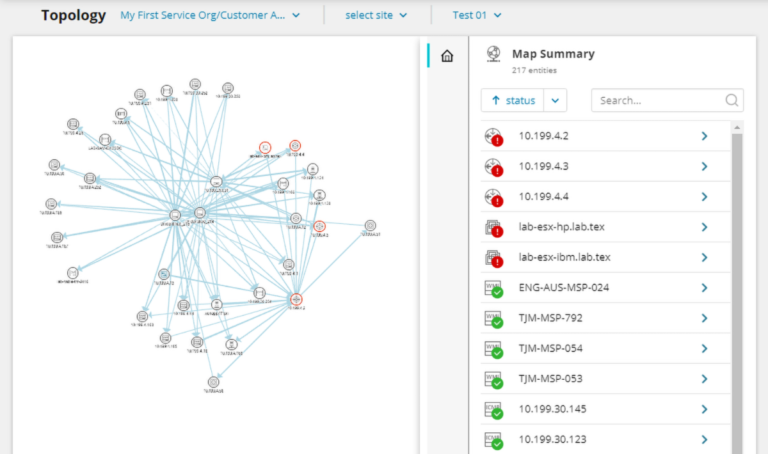The teacher’s contributions to factors which affect reading comprehension extend to the matters concerning the authors. Writers vary considerably in the mannerism of their writing. While some writers produce simple, clear, and easy to understand reading material, others produce complex and difficult to understand reading material. If the text is complex and difficult to understand, students will require more effort, better skills, and advanced reading experience to comprehend the text. Hence, the choice of reading text, which is partly the teacher’s responsibility, should take into consideration the student’s level of comprehension. After all, learning is a progressive process. The teacher should, therefore, be able to choose an appropriate reading material because it will affect the learner’s reading comprehension.
In this course, the exploration into details of the factors affecting reading comprehension and how they may influence teaching reading in EFL context was undertaken. Factors such as background knowledge and vocabulary knowledge affect reading comprehension in a huge way. For instance, the nature of vocabulary that is used in a certain reading text may either encourage a learner or frustrate him. If the text comprises of many unfamiliar vocabularies, the reader will find it troublesome to comprehend the text. As such, appropriate use of teaching and reading strategies must be implemented to reduce the negative effects whilst taking advantage of the positive ones. (The assignment was completed by Psychology HomeworkHelpers)
Reading strategies for the English reading class
While there exist numerous reading comprehensive techniques that a teacher may exploit while teaching reading, different techniques produce optimal results when applied in specific conditions and for specific objectives. As the teacher approaches the reading class, he should have in mind the reading strategies he intends to teach as well as the method he will utilize while teaching those strategies. Because a good strategy is the one which guarantees that the reading comprehension objective is attained, the teacher’s choice of strategy is determined by the ability of that strategy to meet the objective. There is, therefore, a close connection between reading objectives and reading strategies.
While objectives emphasize knowledge and performance, techniques provide the means to achieve those objectives. Following the ABCD model for learning objectives, the teacher can create numerous learning objectives to be attained in the reading class. The objective model provides an excellent design through which an assessment of achievement can be drawn. As such, success means that the learner has gained the ability to do something he or she was previously incapable of. These objectives are predefined appropriately using the ABCD model for learning objectives.
The model includes four elements: Audience, Behavior, Condition, and Degree of mastery. Each of these elements is concerned with a specific part which is necessary for determining the learning objective. While the Audience (A) element determines who the learners are, Behavior (B) is concerned with what the teacher expects the learner to do, Condition (C) is concerned with the circumstances in which the learning will occur, and Degree (D) is concerned with the magnitude of achievement and performance. The following example illustrates a well-written objective which may be achievable in a reading comprehension class:
“C: Given reasons why specific birds qualify as endangered and therefore need protection A: the learner B: will from the reading be able to identify protected bird species and give reasons for their protection D: in 150 words or less.”
To achieve this objective, the teacher must equip the learner with the appropriate reading comprehension strategy. In this case, for example, the reading strategy may be one that involves monitoring and cognitive skills. Therefore, the teacher will utilize teaching methods which will encourage the students to be aware of what they understand when reading whilst at the same time identifying what they fail to understand. With the use of other strategies, the students should be able to resolve their failure to understand problems. As well, the teacher will provide specific instructions which promote the student’s ability to achieve the objective.
While the teacher should issue instructions and teach the appropriate strategies for the sake of achieving the well-defined objectives, the teacher is also tasked with developing those strategies. In this course, the teacher is empowered with the ability to access and develop a wide range of reading strategies. While developing a strategy, considerations are made not only about the target objective but also the factors that affect reading comprehension. Because those factors influence a reader’s ability to comprehend from a wide range of scope, strategies may be devised such that negative factors are reduced and positive factors utilized regardless of their levels. For example, while a reader’s background related factors may require schemata driven strategies, vocabulary related problems may require motivation driven strategies.
Many strategies may be developed for different reading classes as well as for different students. Because reading comprehension is a process, different strategies may be utilized within different stages of the process. As such, there are those strategies which are most appropriate prior to the reading activity; others are best suited to be utilized during reading, while others work well after reading is completed. In addition to being tasked with choosing the most appropriate strategy for the reader, the teacher is also tasked with teaching the reader the reading strategies. The teaching of strategies involves the provision of instructions concerning the strategy, defining and explaining the strategy, and giving justification for the strategy’s effectiveness.
Much has been learned in this course, including but not limited to nature of the reading comprehension process, factors affecting reading comprehension, the proper development of reading objectives, development and usage of reading strategies. While the knowledge and insight gained is enormous, almost all if not all of it directly relates to teaching reading in EFL context. The course provides important guidelines with which success in teaching reading in the EFL context may be achieved.







